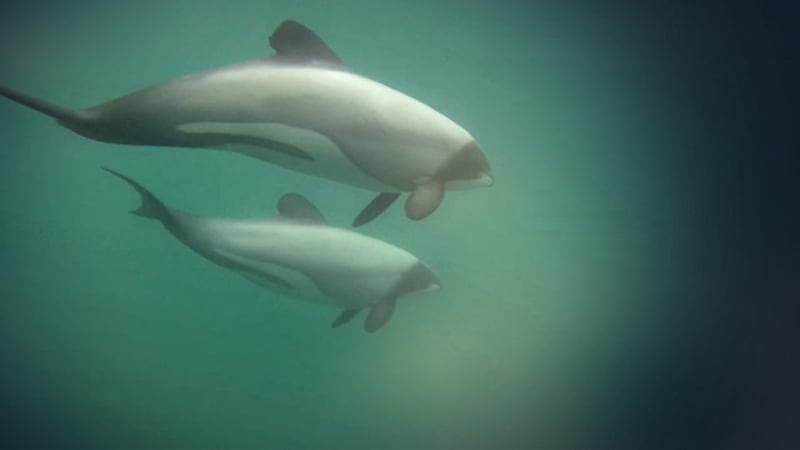Alka Prasad is a Te Rito Journalism cadet
Only found along the west coast of the North Island, the Maui dolphin is the world’s most endangered marine dolphin, with just 54 remaining. But new research from the University of Auckland shows changes in their diet over the last 30 years, which might be good news.
Researcher Emma Carroll says, “Before 2008, they had a much broader diet. They ate a lot of different things, in-shore and off-shore, and on different points in the food web. However, after 2008 they seem to be narrowing their diet.”
Carroll says the Marine Mammal Sanctuary was introduced on the West Coast in 2008 to protect Maui aihe. Research shows the dolphins have been eating a smaller range of fish, meaning they can focus on eating their preferred food.
Warming waters
The effects of climate change, however, have been significant. Climate events like El Niño have caused changes to water temperatures and currents, meaning the aihe had to find new areas to find prey.
“These are typically cool-water species. We’re entering our third La Niña, our third warm summer in a row. If that water gets too warm around the West Coast of the North Island, perhaps the dolphins will have to adjust where they live or what they’re eating.”
She says more resources are needed for research and conservation strategies to conserve and protect Aotearoa’s marine life population. The involvement of iwi and hapu is essential to conservation efforts, as well as better education over sustaining marine animals and moana.
Slow start to protection
“We hope more Māori and Pacific researchers can get involved in the future.”
Carroll says PhD student Courtney Ogilvy is conducting research to find other changes in the dolphins’ ecosystem but it will be difficult to make definite predictions. She adds however, that more government-level changes must be made to protect the dolphins and other marine life.
“We committed to 30 by 30 – ensuring 30% of our marine environment is protected by 2030, and it’s less than 1% at the moment.”


